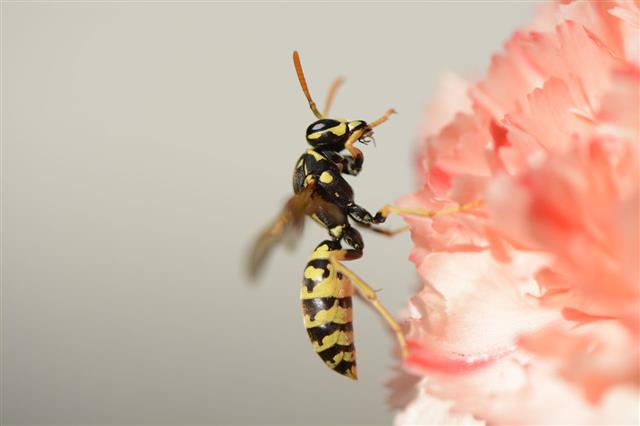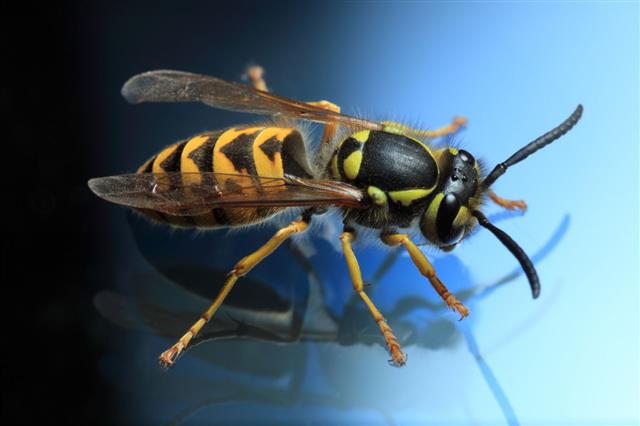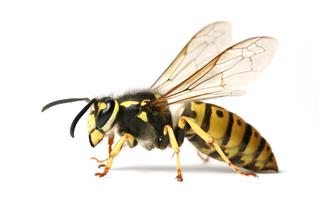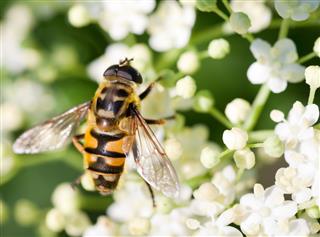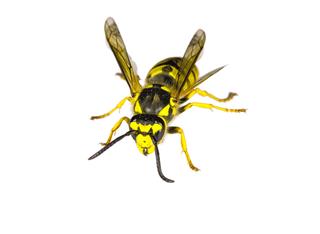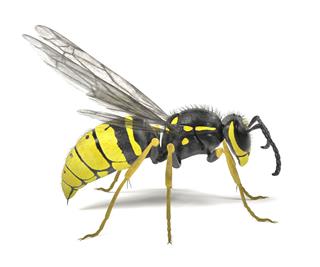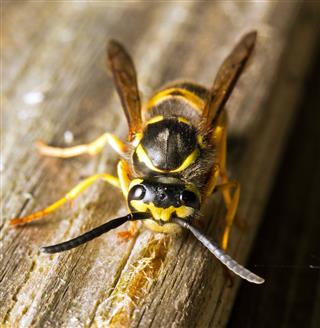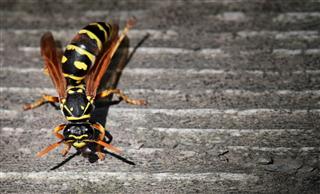
It is easy to mistake them for bees, and admittedly, we all do. Yellow jackets are actually wasps, and are far more ferocious than the humble old bees. AnimalSake brings you some rather interesting tidbits about these crazy stingers.
Did You Know?
Despite the notorious reputation, the yellow jacket is the mascot of Georgia Institute of Technology, one of the most prestigious universities in the United States.
Wasps are primarily known as yellow jackets in the United States. These wasps belong to the Vespula and Dolichovespula genera. The species is known to be quite aggressive, and is feared by humans.
However, the yellow jackets’ aggression does not shadow their utility and place in the food chain―they are known to be predators of most harmful pest insects.
Identifying the Yellow Jacket
Yellow jackets are hard to identify, considering how similar they look to bees, hornets, and paper wasps. A worker specimen is about 12 mm or 0.5 inches long, while the queens are larger, measuring about 19 mm or 0.75 inches long. The trademark alternating bands on the abdomen are also common to bees, which primarily causes the confusion. However, yellow jackets lack the fuzzy coating of hair on their bodies and do not have the flat and fuzzy hind legs of bees which are used to carry pollen.
Why are they dangerous?
◼ Yellow jackets tend to nest in secure places such as hollow logs, stumps, barks of trees, rodent burrows, etc. They are known to be quite ferocious while defending their nests. Humans often knowingly or unknowingly may disturb their place of dwelling, which results in a vicious retaliation.
◼ These insects become quite aggressive as the summer months progress; this is the time when the size of their colony keeps steadily increasing, while the food supply dwindles. Yellow jackets are primarily scavengers, and they start to show up at picnics and barbecues (sodas and sugary treats are a favorite), hover around garbage cans, pet food placed outside, or wherever they can find ripe or overripe fruit. These are the kind of food items they usually go after to fulfill their body’s sugar requirement.
◼ The yellow jacket’s sting is extremely painful, and they are known to sting relentlessly when provoked. They have lance-like stingers with very tiny barbs, which at times may get detached and lodge in the person’s skin, especially if the insect gets inside the clothing. The venom is considered dangerous only to those who have been stung repeatedly or are allergic to it.
Some Interesting Facts
◼ Yellow jackets build their colonies in spring. The air temperatures are quite crucial during nest building activity, which is begun by a single reproductive queen.
◼ Each of their colonies can reach populations of between 1,500 and 15,000 individuals, which includes queens, drones (males), and workers.
◼ The nests are built using fibers scraped from wood, which is mixed with saliva. A perfect place is one that is secluded and protected, preferably underground. Rodent holes are common nesting grounds, which are expanded to fit their needs by digging and moistening the surrounding soil. So if you see a few of these hovering over a spot on the ground, it’s probably their nesting site, which is your cue to leave.
◼ As they build their nest in spring and early summer, the yellow jackets’ diet is mostly carnivorous. During this time, they tend to make a meal of insects, which provides them with the necessary proteins to pass on to developing larvae in their colony. By doing so, they help keep the population of garden pests, such as caterpillars, in check.
◼ As the summer progresses, so does their population. This is the time when their diet changes to include more sugars. As natural food sources begin to dry up, they turn to scavenging, thus, entering spaces inhabited by humans.
◼ It is apparently very easy to agitate these insects. There have been instances when sounds and vibrations coming from lawn mowers have triggered an attack, even from a fair distance.
